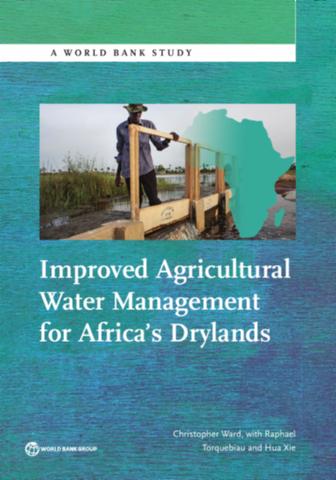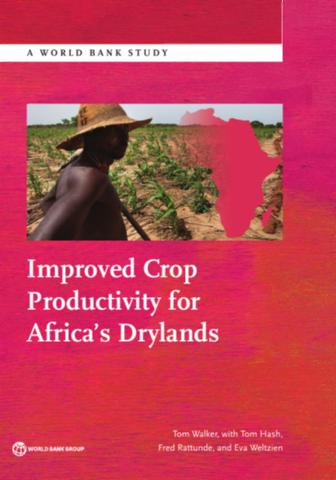This Technical Guide on Governing Tenure Rights to Commons aims to support states, community-based organizations and civil society organizations, the private sector and other relevant actors to take proactive measures to implement the standards and recommendations of the<a>…
Ce livre nous emmène au cœur des zones de forêts denses et sahéliennes de l’Afrique centrale, un écosystème précieux et essentiel à la vie quotidienne de ses habitants, représentant l’un des trois principaux ensembles boisés tropicaux de la planète. Dix pays (Burundi, Cameroun, Congo, Gabon,…
The Conference of the Parties (COP) of UNFCCC is a prime opportunity to communicate FAO’s work on climate change and to liaise with potential partners, at the numerous side events and parallel events organized around the COP. This booklet seeks to raise awareness on the impacts of climate change…
This study base on existing scientific literature makes an economic evaluation of carbon stocks gained under different deforestation and forest degradation scenarios (100, 50 and 25% avoided deforestation) during a 20 years period (2010–2030). It analyzes the associated financial commitments to…
<em>Backroom Bullying: The Role of the United States Government in the Herakles Farms’ Land Grab in Cameroon,</em> shows how bullying by US government officials may have played a critical role in the granting of nearly 20,000 ha by the Cameroonian government to the US-based firm…
This paper assesses past trends in agricultural land and labour productivity, as a test whether it is feasible to meet the SDG target 2.3, namely doubling productivity and incomes of smallholders within a 15-year time span, if history were to serve as a guide. The target implies agricultural…
Dryland regions in Sub-Saharan Africa are home to one-half of the region’s population and three-quarters of its poor. Poor both in natural resources and in assets and income, the inhabitants of drylands are highly vulnerable to droughts and other shocks. Despite a long history of interventions…
Dryland regions in Sub-Saharan Africa are home to one-half of the region’s population and three-quarters of its poor. Poor both in natural resources and in assets and income, the inhabitants of drylands are highly vulnerable to droughts and other shocks. Despite a long history of interventions…
More than 200 million people living in dryland regions of Sub-Saharan Africa make their living from agriculture. Most are exposed to weather shocks, especially drought, that can decimate their incomes, destroy their assets, and plunge them into a poverty trap from which it is difficult to emerge…
More than 200 million people living in dryland regions of Sub-Saharan Africa make their living from agriculture. Most are exposed to weather shocks, especially drought, that can decimate their incomes, destroy their assets, and plunge them into a poverty trap from which it is difficult to emerge…
Cameroon is a lower-middle income country with social indicators and levels of poverty which are below those for comparator countries. Large and rising inequalities between north and south, inefficiencies in public resource allocation and an adverse business environment explain this. While…
Cameroon is a lower-middle income country with social indicators and levels of poverty which are below those for comparator countries. Large and rising inequalities between north and south, inefficiencies in public resource allocation and an adverse business environment explain this. While…






